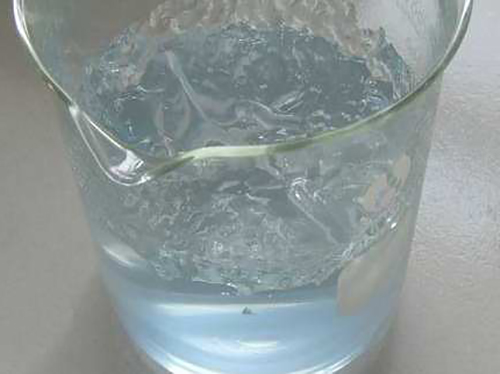Exploring the Applications and Benefits of Polymaleic Anhydride in Modern Industries
The Versatility of Polymaleic Anhydride Applications and Implications
Polymaleic anhydride (PMA) is a polymer derived from the anhydride form of maleic acid, characterized by its unique chemical structure, which allows it to be utilized in a myriad of applications across various industries. This compound has garnered considerable attention due to its amphiphilic nature, which means it possesses both hydrophilic (water-attracting) and hydrophobic (water-repelling) properties, making it an invaluable component in formulations ranging from pharmaceuticals to cosmetics and beyond.
Chemical Structure and Properties
Polymaleic anhydride is formed through the polymerization of maleic anhydride. Its repeated units contribute to the polymer’s ability to solubilize in both polar and non-polar solvents. This amphiphilic characteristic significantly enhances its functionality in applications where compatibility and stability are crucial. Additionally, PMA can be modified through various chemical processes, leading to the development of copolymers that integrate functionalities suitable for specific uses.
Applications in Pharmaceuticals
In the pharmaceutical sector, PMA has emerged as an essential excipient. It is employed in drug formulations to improve solubility and bioavailability of poorly soluble drugs. The amphiphilic properties of PMA allow it to enhance the dispersion of active pharmaceutical ingredients (APIs) in aqueous solutions, thereby facilitating better absorption in biological systems. Moreover, PMA can be used to create controlled-release formulations, wherein the drug is released at a predetermined rate, optimizing therapeutic effects while minimizing potential side effects.
Role in Coatings and Adhesives
PMA finds significant usage in the formulation of coatings and adhesives. Its ability to form strong bonds and provide flexibility lends itself well to the creation of high-performance coatings that resist moisture and environmental degradation. This polymer can also be combined with other resins to develop adhesives that exhibit excellent adhesion to a variety of substrates. Because of these properties, PMA is employed in automotive, aerospace, and construction industries, where durability and reliability are paramount.
polymaleic anhydride

Applications in Water Treatment
In the realm of water treatment, polymaleic anhydride is recognized as an effective scale inhibitor and dispersant. It is capable of preventing the formation of scale in cooling water systems, which can lead to significant efficiency losses. By maintaining the operability of equipment and piping systems, PMA contributes to the longevity and sustainability of water management processes. Its application in oil and gas industries for enhanced oil recovery further underscores its importance, as it aids in reducing viscosity and improving fluid flow.
Cosmetics and Personal Care
The use of polymaleic anhydride extends into the cosmetics and personal care industry, where it acts as a thickening agent and stabilizer in various formulations. Its ability to enhance the texture and feel of products makes it a popular choice for items such as lotions, creams, and shampoos. Furthermore, PMA’s skin-conditioning properties have led to its incorporation into skincare products, providing moisturization and improving the overall quality of formulations.
Environmental Considerations
As with any polymer, the environmental impact of polymaleic anhydride is a topic of interest. The production, usage, and disposal of synthetic polymers raise concerns regarding sustainability and pollution. However, ongoing research is aimed at developing biodegradable alternatives and optimizing manufacturing processes to reduce their ecological footprint. Investigating the potential for recycling and reusing PMA-based products is also an area of significant study.
Conclusion
In conclusion, polymaleic anhydride stands out as a versatile polymer with an array of applications that span pharmaceuticals, coatings, water treatment, and personal care products. Its unique chemical properties enable it to serve multiple functions, including solubilization, adhesion, and stabilization, thereby enhancing the effectiveness of various formulations. As research continues to evolve, and as sustainability becomes increasingly critical, PMA’s role in modern applications is likely to expand, paving the way for innovative solutions that meet both industry demands and environmental concerns. Thus, understanding and harnessing the potential of polymaleic anhydride remains a priority in scientific and industrial arenas.
-
2-Phosphonobutane-1,2,4-Tricarboxylic Acid: Scale & CorrosionNewsAug.29,2025
-
Premium Isothiazolinones | Broad-Spectrum Biocidal SolutionsNewsAug.28,2025
-
LK-319 Special Scale And Corrosion Inhibitor For Steel Plants: Advanced Solutions for Industrial Water SystemsNewsAug.22,2025
-
Flocculant Water Treatment: Essential Chemical Solutions for Purification ProcessesNewsAug.22,2025
-
Isothiazolinones: Versatile Microbial Control Agents for Industrial and Consumer ApplicationsNewsAug.22,2025
-
Scale Inhibitor: Key Solutions for Water System Scale PreventionNewsAug.22,2025





